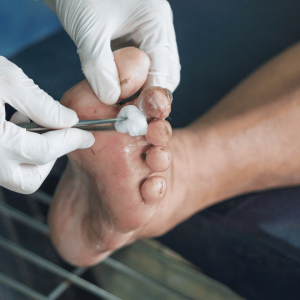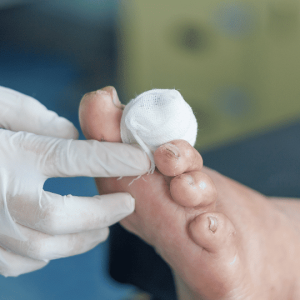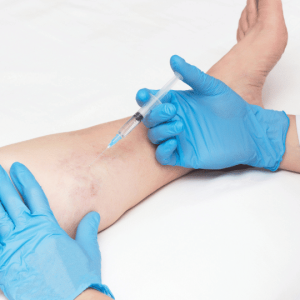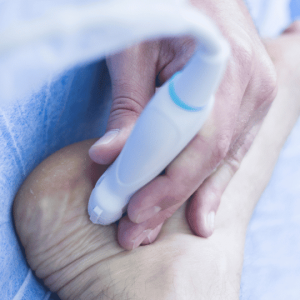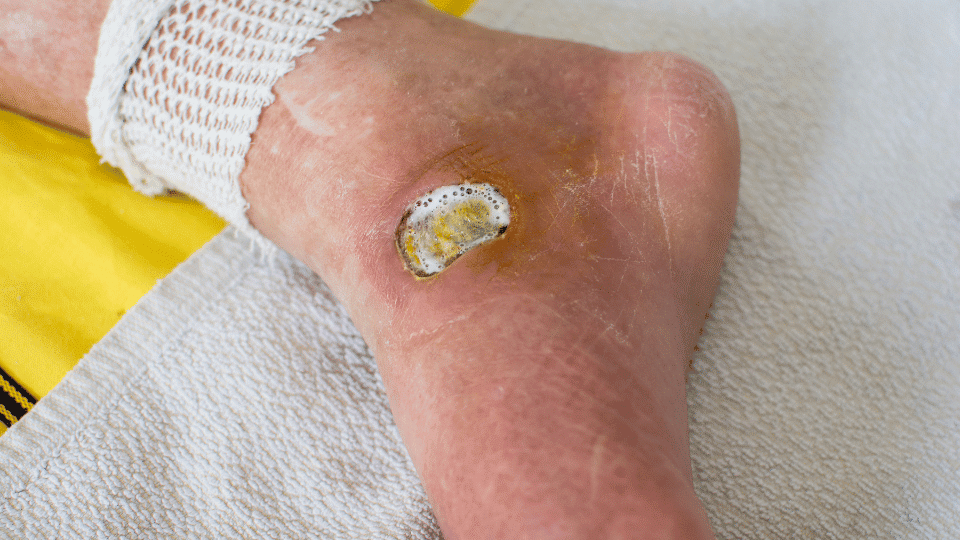
Diabetic Wound Care at Restore Podiatry
What is Diabetic Wound Care?
Diabetic wound care is a crucial part of managing diabetes. Due to their poor blood circulation and nerve damage, their healing slows down. Individuals suffering from diabetes are at higher risk of developing foot ulcers or injections.
Restore Podiatry offers treatment plans for diabetic wound care. We combine advanced treatments and preventive care to promote long-term healing.
Symptoms of Diabetic Wounds
Patients have a persistent redness and swelling in the infected area. There can be pus or even a bad odor, which might suggest infection within the wound.
Some experience discoloration on the skin. If the skin is black, that could be a sign of tissue death or gangrene, which requires immediate medical attention.
While diabetic neuropathy may limit sensation, some patients experience pain around the wound area.
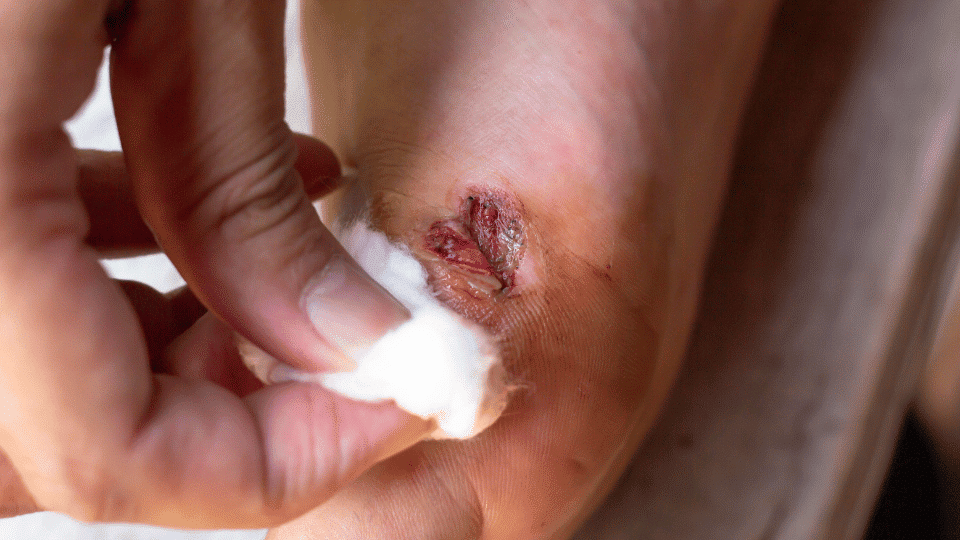
Why Diabetic Wound Care is Essential
Reduced Healing Capacity
Diabetes slows the body’s natural healing process. Even minor wounds can take a long period to heal.
Peripheral Neuropathy
Nerve damage from diabetes can lead to a lack of sensation in the feet. Patients may not notice cuts, blisters, or pressure sores until they worsen.
Poor Circulation
Limited blood flow to the extremities makes it difficult for wounds to receive the necessary nutrients and oxygen to heal properly.
Infection Risk
Uncontrolled blood sugar levels can weaken the immune system. It makes you more prone to infections which gets harder to control.
Treatment Options for Diabetic Wound Care at Restore Podiatry
Debridement
Debridement is a procedure that removes dead or infected tissue from the wound. It also helps to stimulate healing.
Regular debridement can prevent the spread of infection. It promotes the growth of healthy tissue.
Advanced Dressings and Topical Treatments
Special wound dressings and topical medications are applied to maintain a moist environment. This helps with accelerating healing.
Antimicrobial dressings may also be used to prevent infection.
Biological Regenerative Injections
In some cases, biological regenerative injections containing growth factors and other healing agents are used to stimulate tissue repair.
It improves blood flow and promotes faster healing of chronic diabetic wounds.
[Read more about Biological Regenerative Injections here]
Deep Tissue Laser Therapy
Laser therapy improves circulation near the wound. It effectively reduces inflammation and stimulates cellular repair.
By enhancing blood flow and promoting tissue regeneration, laser therapy aids in faster wound recovery in diabetic patients.
[Read more about Deep Tissue Laser Therapy here]
At Restore Podiatry & Laser Center, we are proud to offer our newest, latest laser treatment and Clear Nail Program™ & Clear Wart Program™ which are powerful inclusive approach to your treatment for toenail fungus and warts. We take time to understand our patients and understand their needs.

